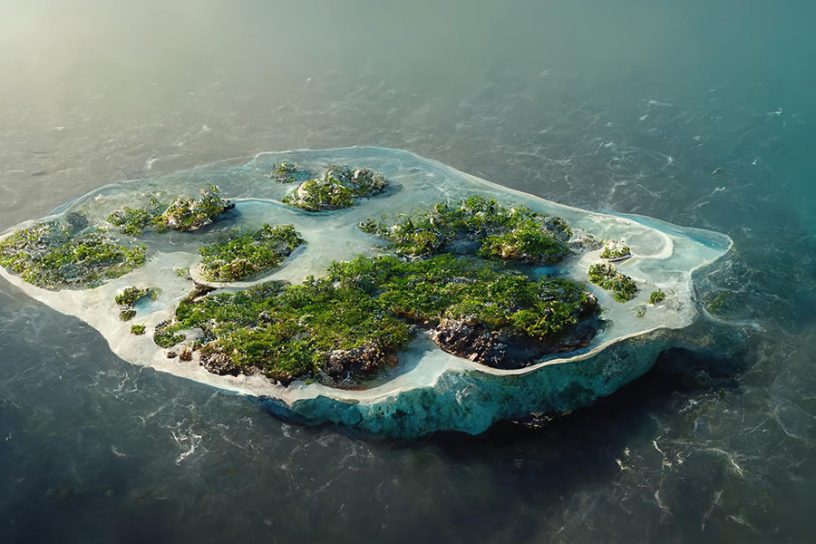
The article explores the potential of artificial islands such as Hulhumalé in the Maldives as a climate adaptation and human resettlement strategy and their long-term legal identity in international affairs.
Authors
Sanskriti Sanghi, Assistant Professor, Jindal Global Law School, O.P. Jindal Global University, Sonipat, Haryana, India.
Ryan Mitra, International History and Politics Department, Geneva Graduate Institute, Geneva, Switzerland.
Summary
As the effects of climate change become apparent in line with IPCC projections, the normative aspects of international affairs are being increasingly challenged. The context of rising sea levels, coastal inundation, and salinization in low-lying atoll States points to an unprecedented scenario that beckons revisitations into ‘what is natural in international affairs’ and ‘what turns it into being natural’.
Under UNCLOS and a common understanding in international affairs, a State is primarily defined by natural territory. Oppenheim claimed that ‘a State without (natural) territory is not possible’. In contrast, Gottmann’s instructive approach urges a transition from viewing geographical spaces in a vacuum to understanding the relationship they share with human existence.
The article explores the potential of artificial islands such as Hulhumalé in the Maldives as a climate adaptation and human resettlement strategy and their long-term legal identity in international affairs.
The article aims to answer two questions: first, what is the role of human inhabitation in the characterisation of geographical spaces as ‘natural’ in international affairs? and, second, why and how do the definitions around artificial islands need to be revisited amidst contemporary conditions of climate change to offset the normative costs being borne by low-lying atoll States?
Published in: Australian Journal of Maritime & Ocean Affairs
To read the full article, please click here.


